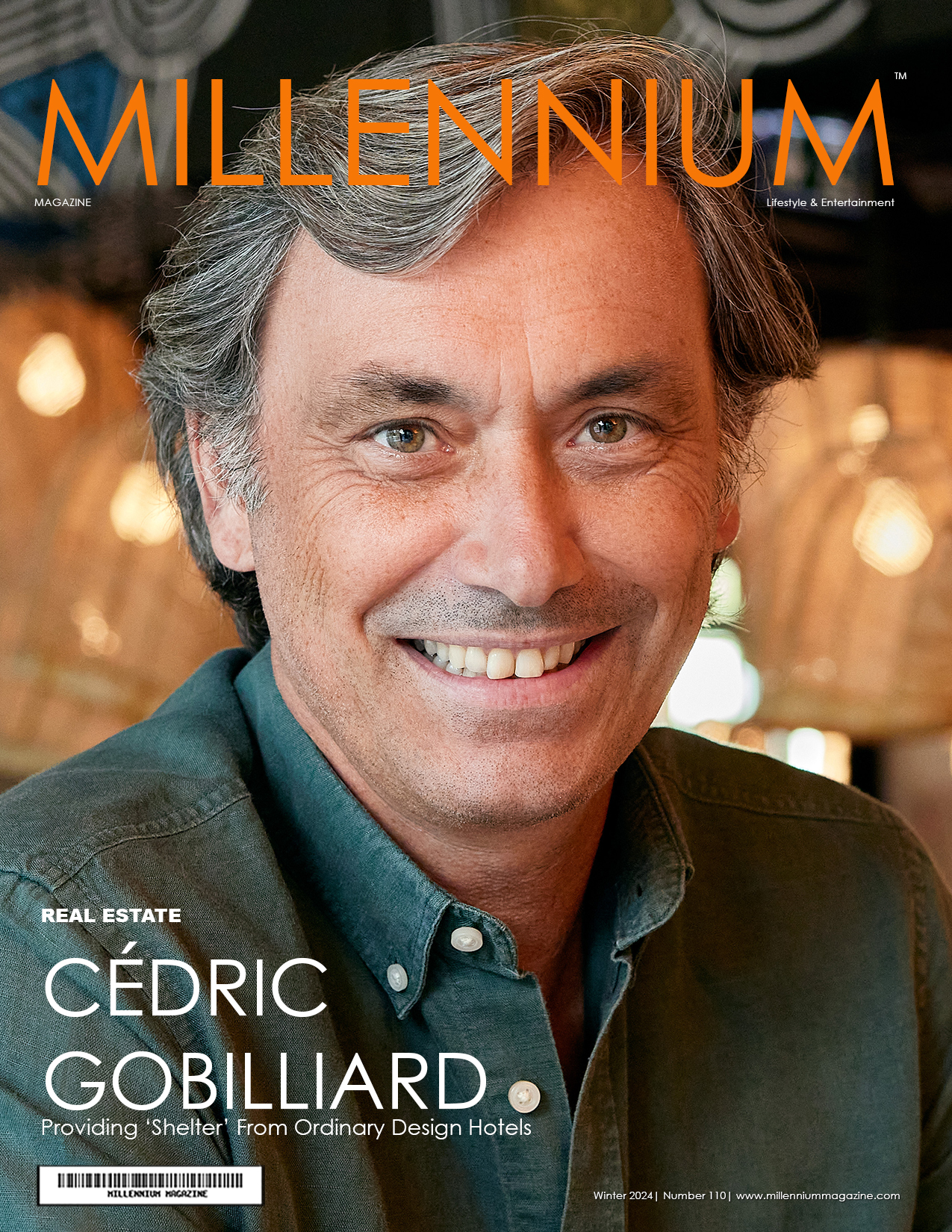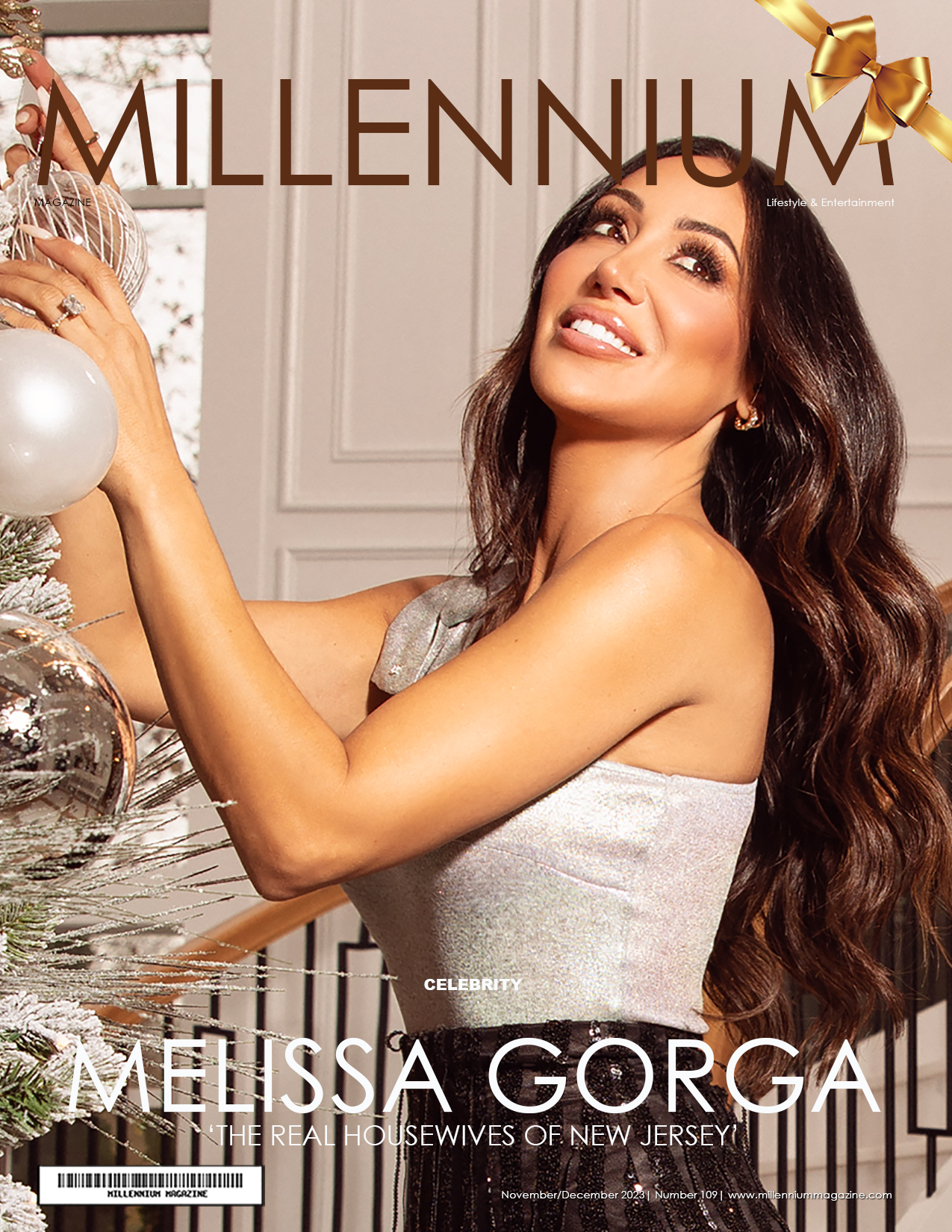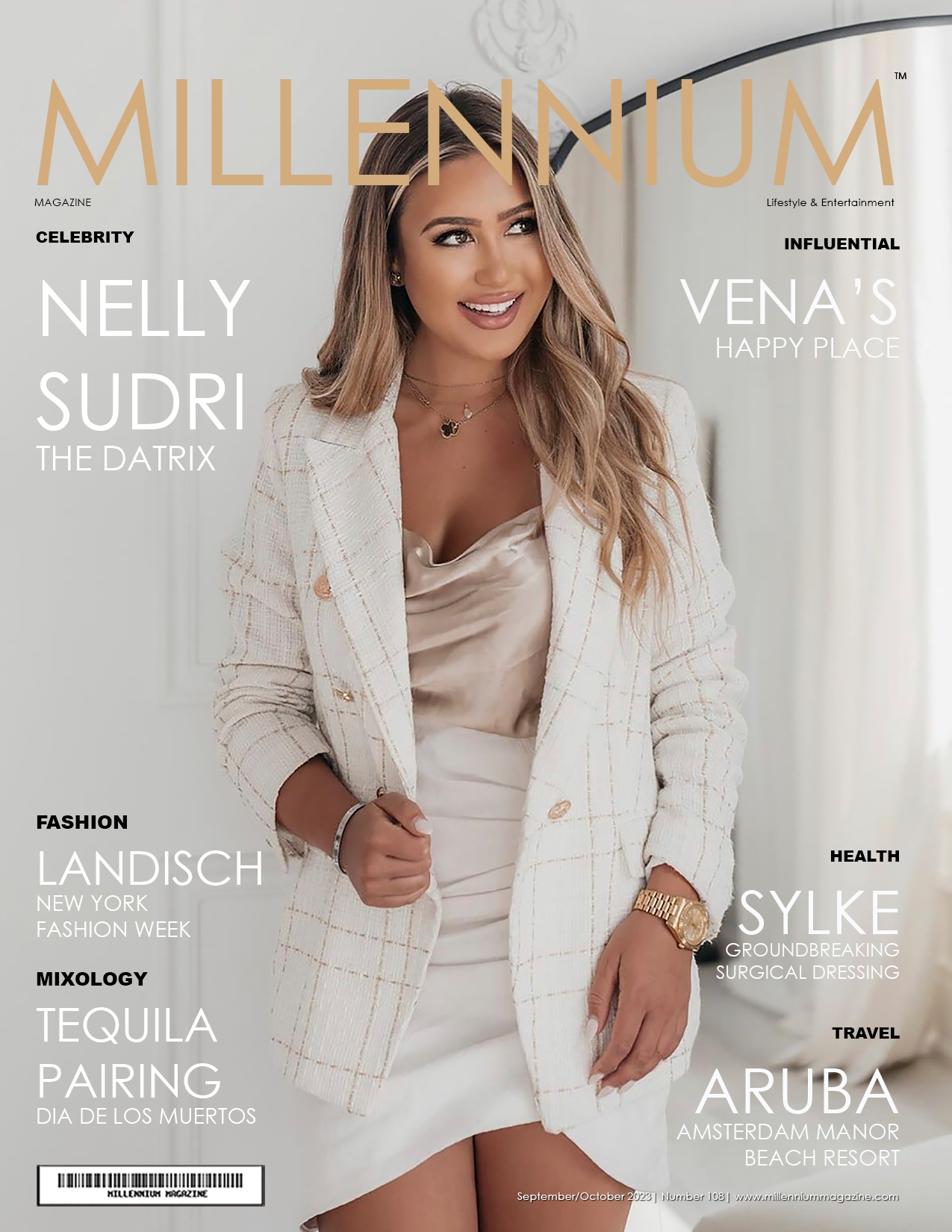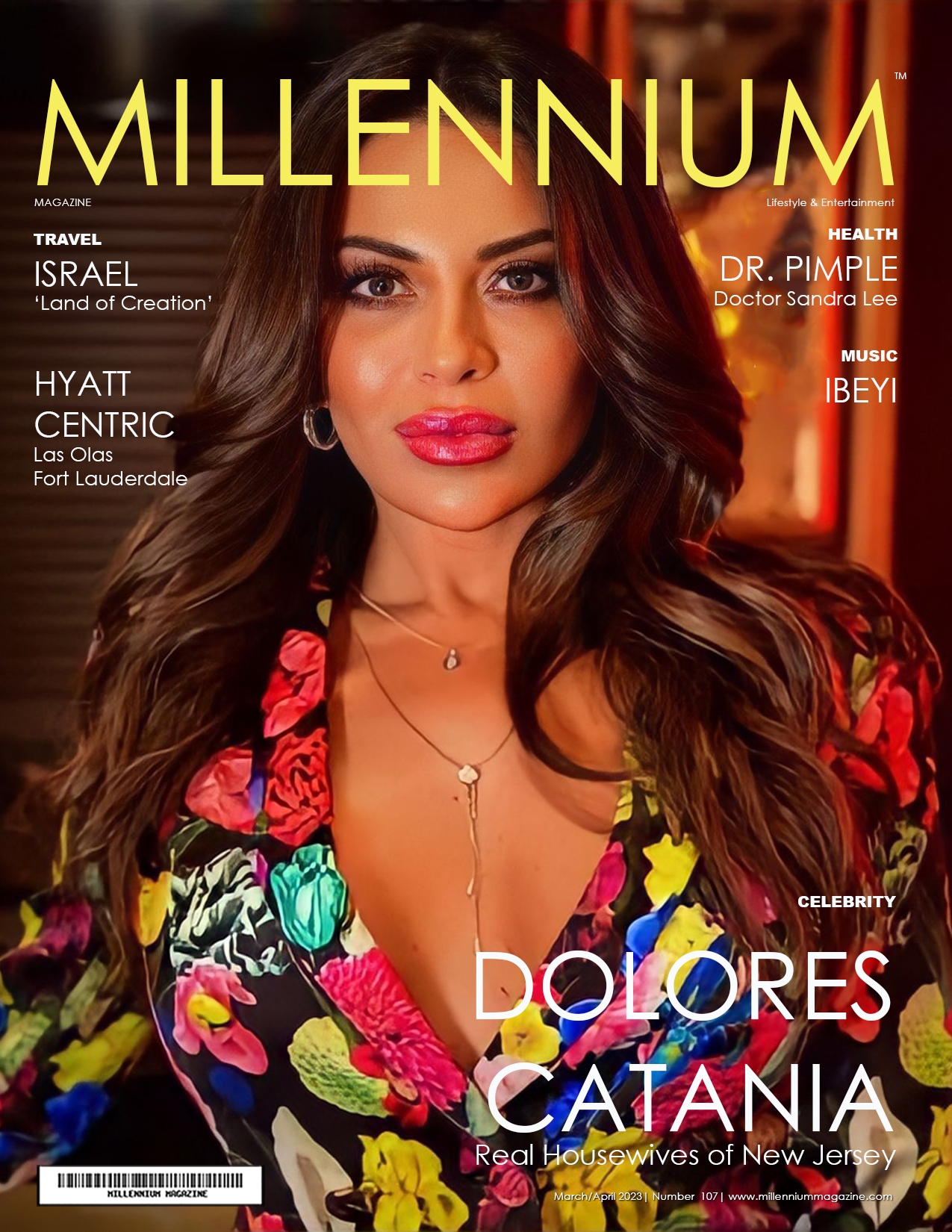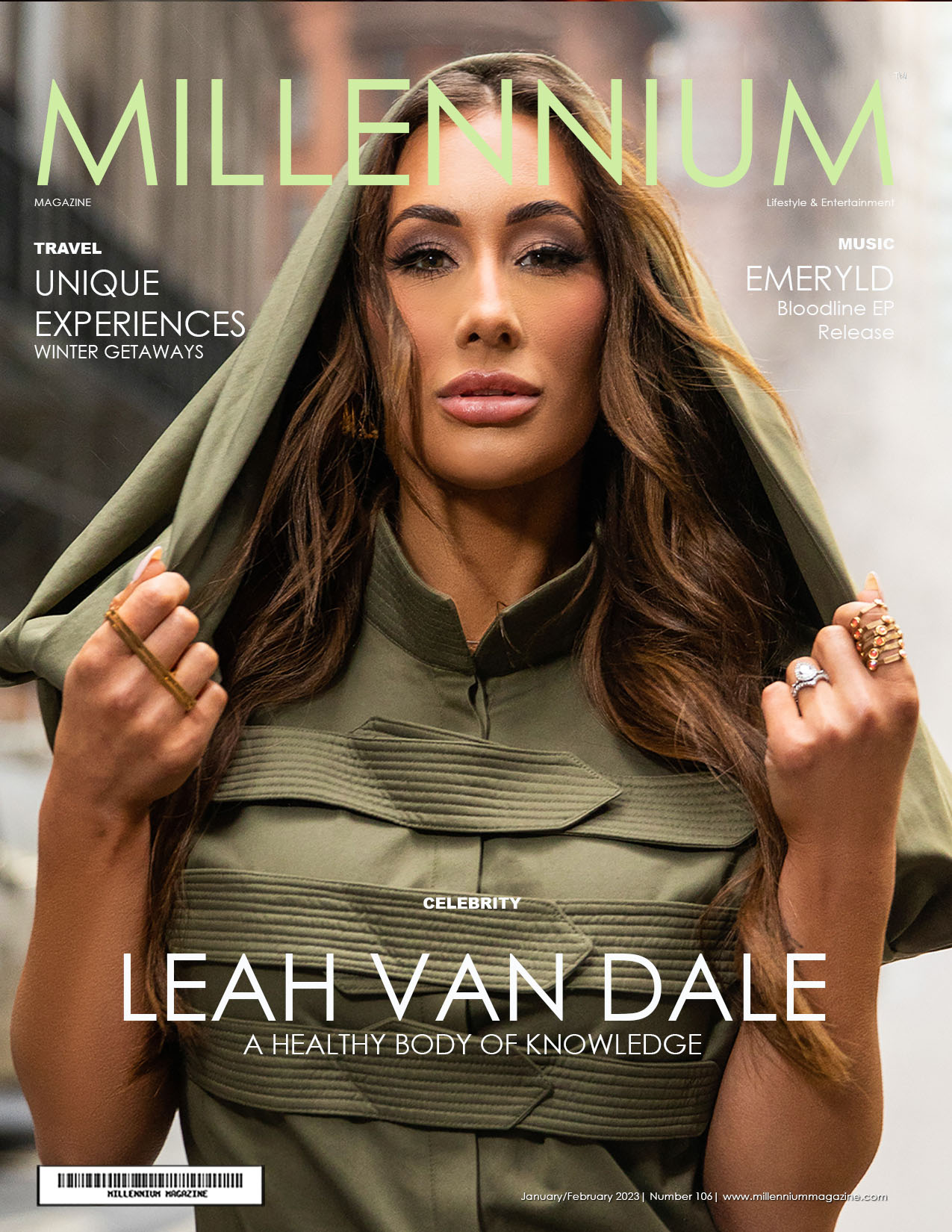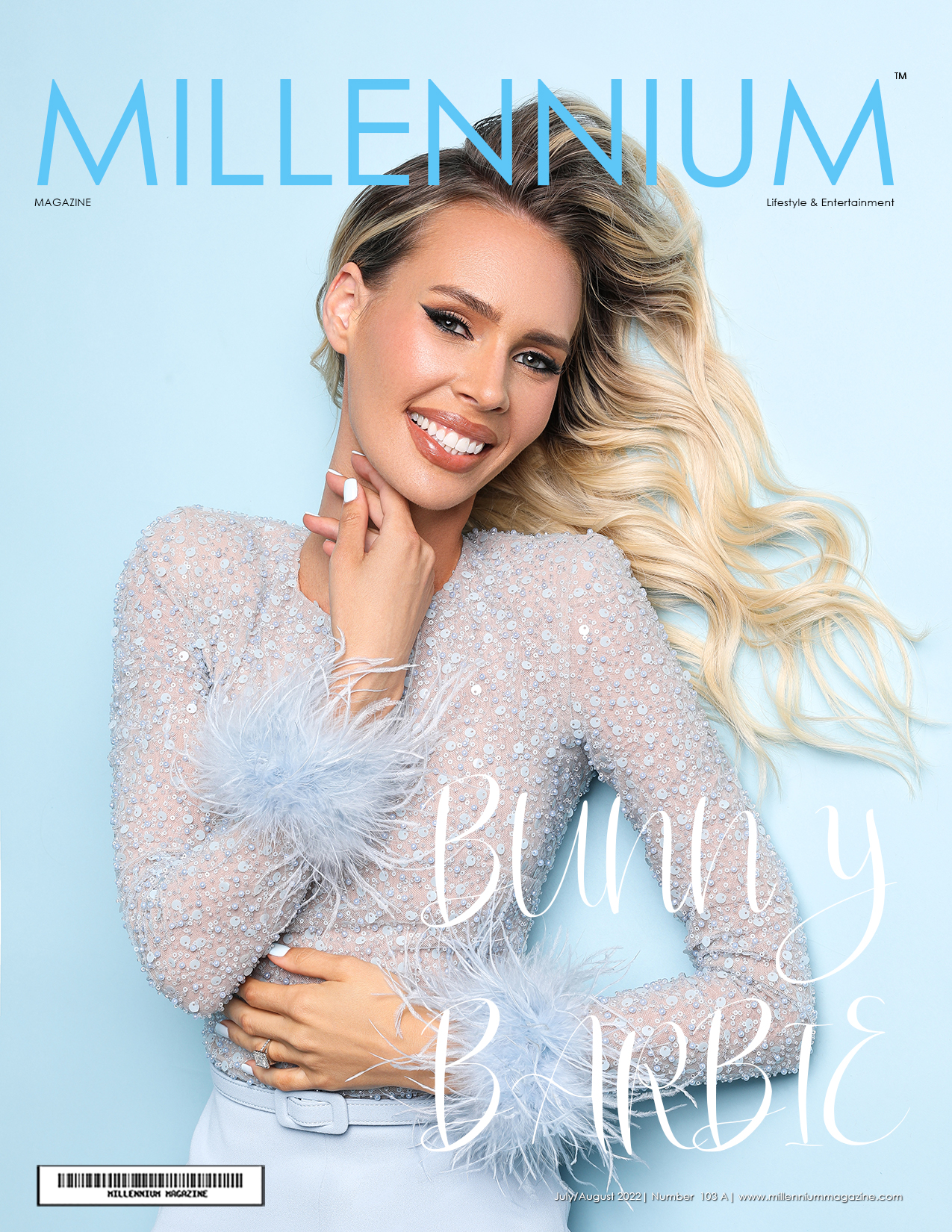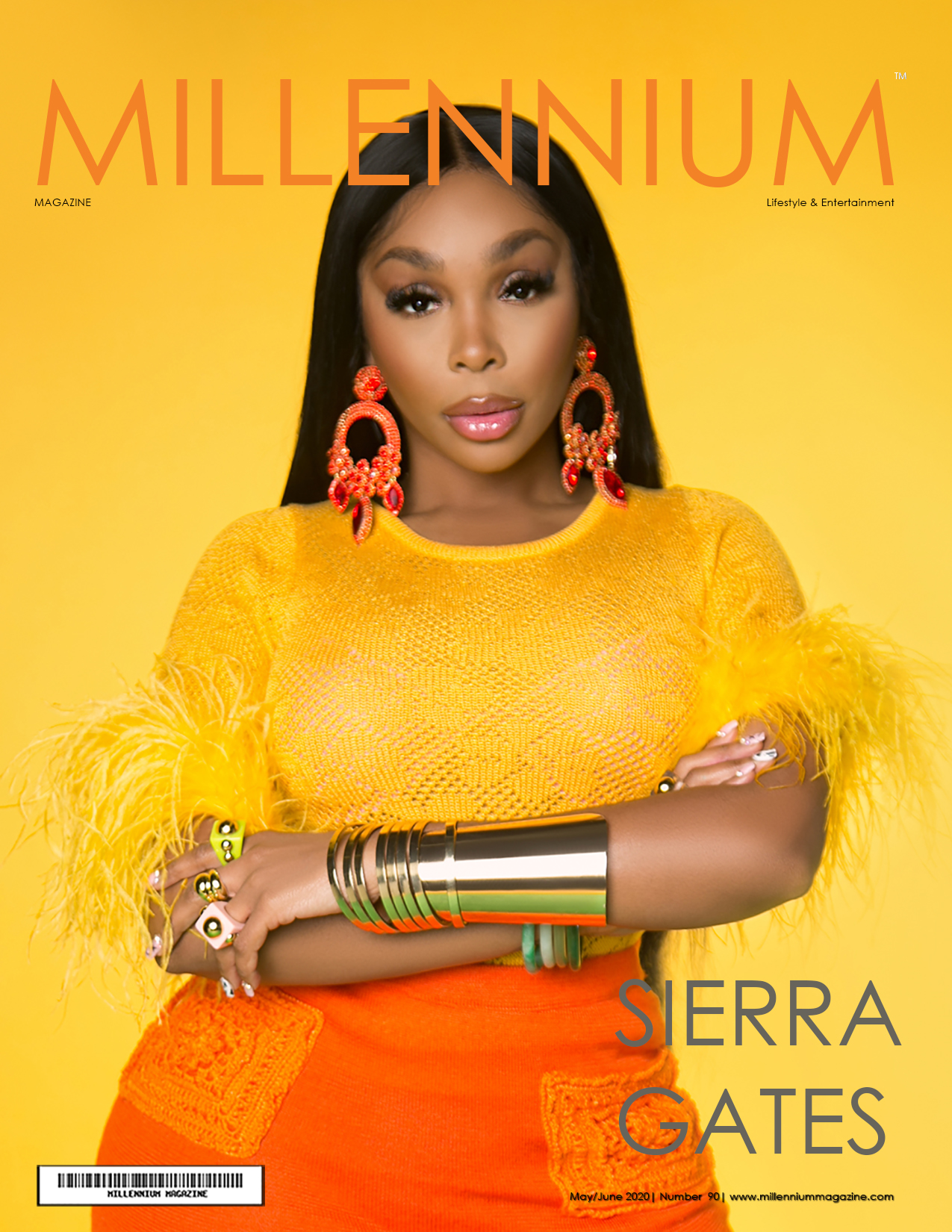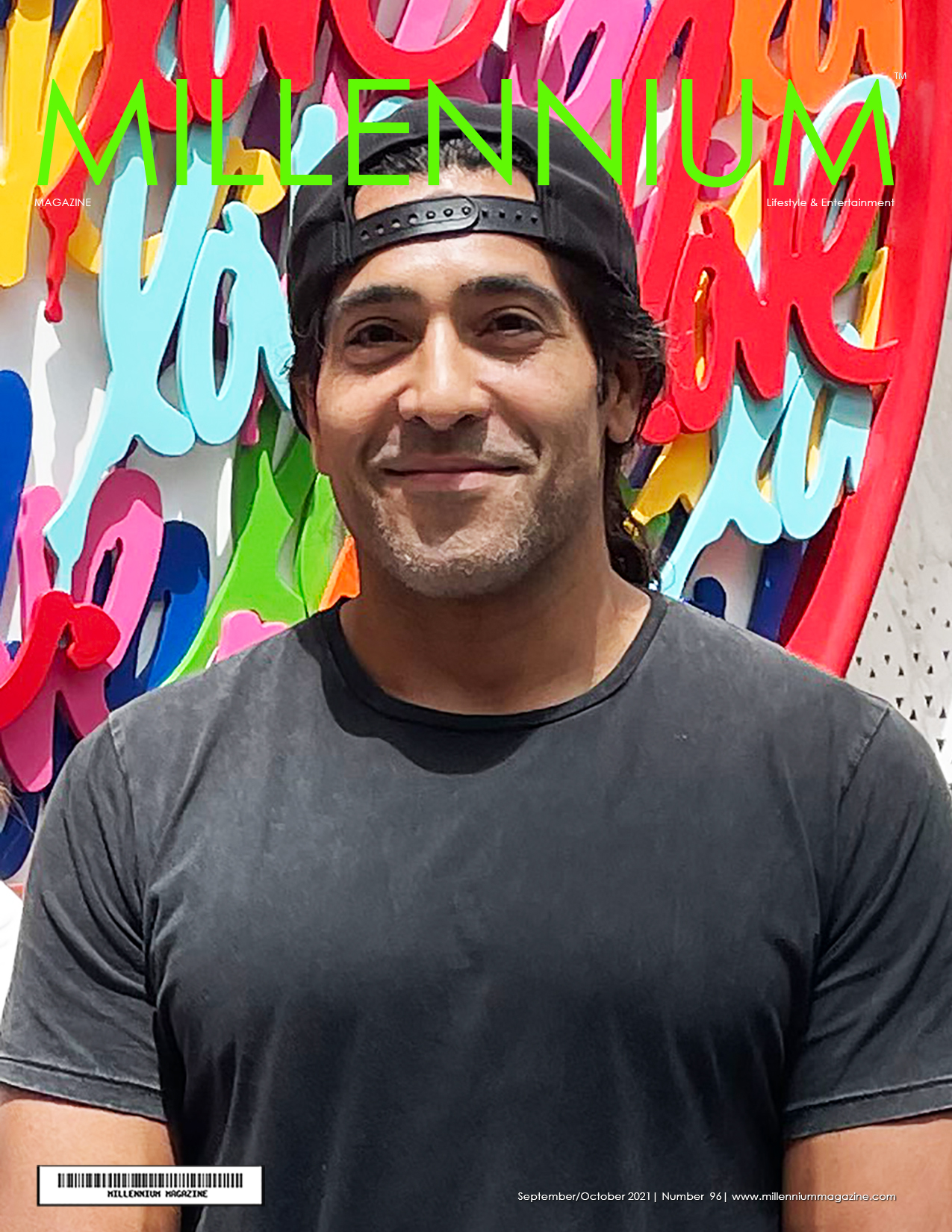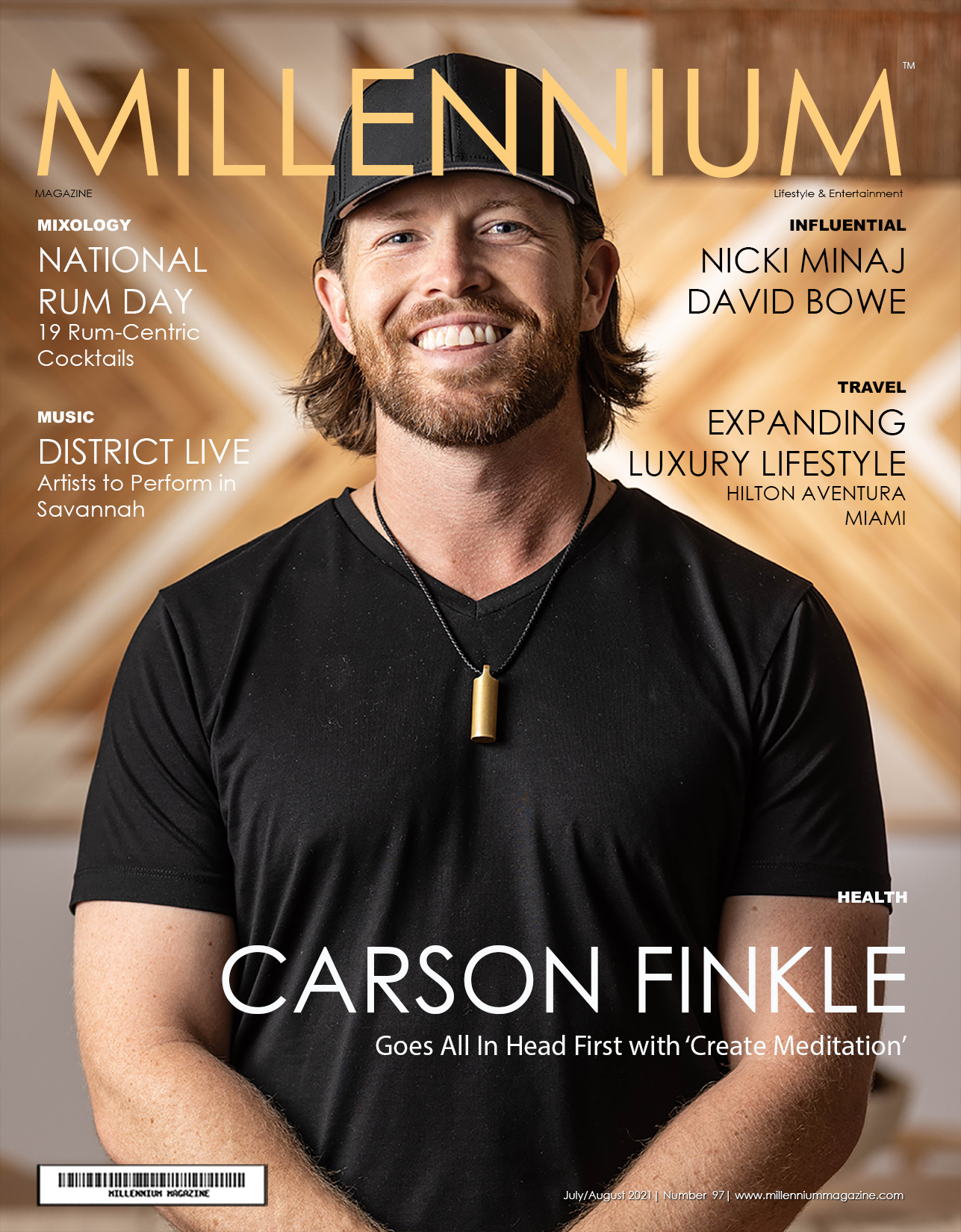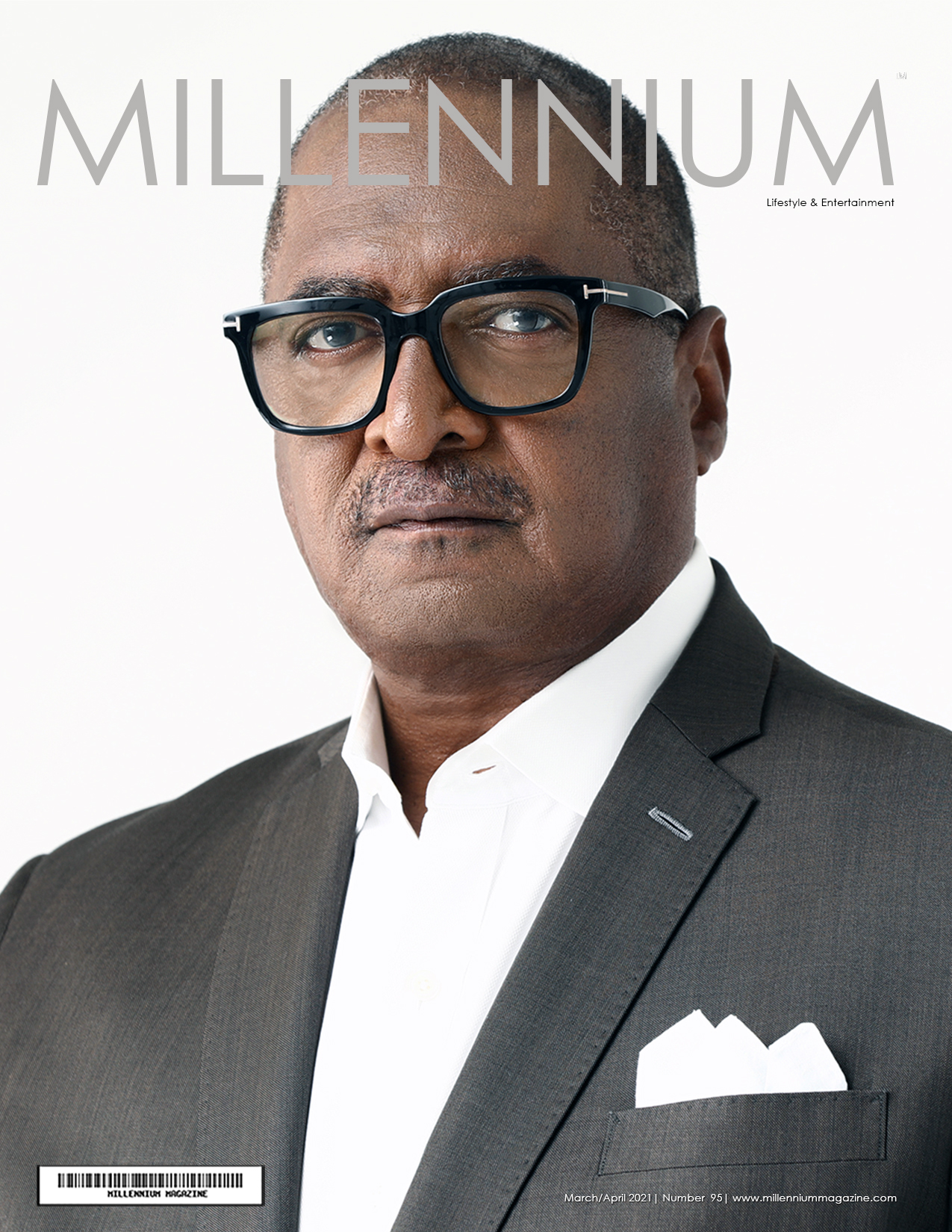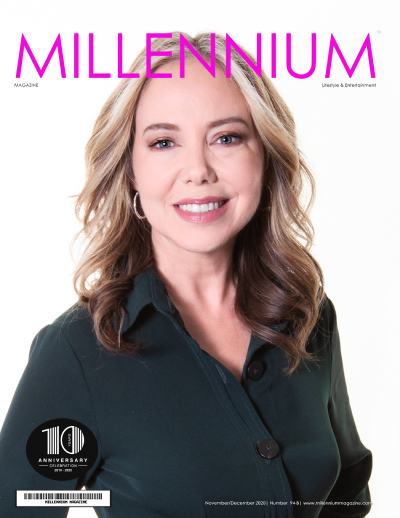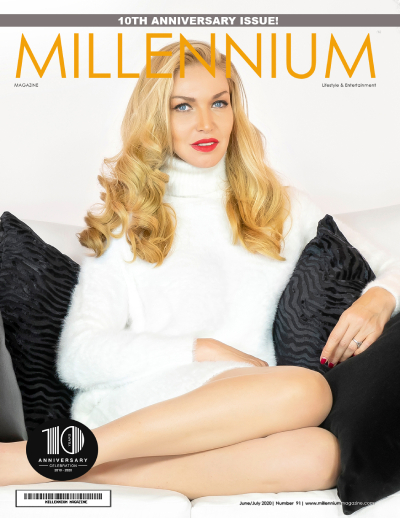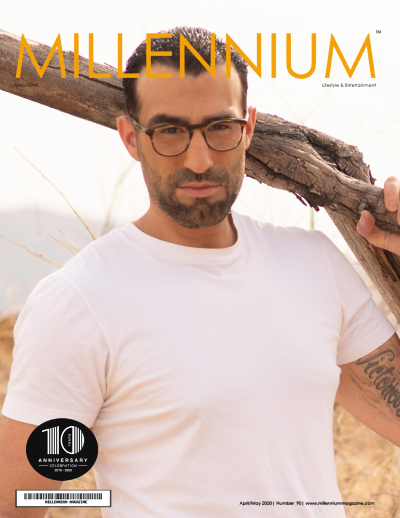What the world needs now is love, and it is artist Ruben Rojas’ mission to put it out there in a variety of expressions and mediums.
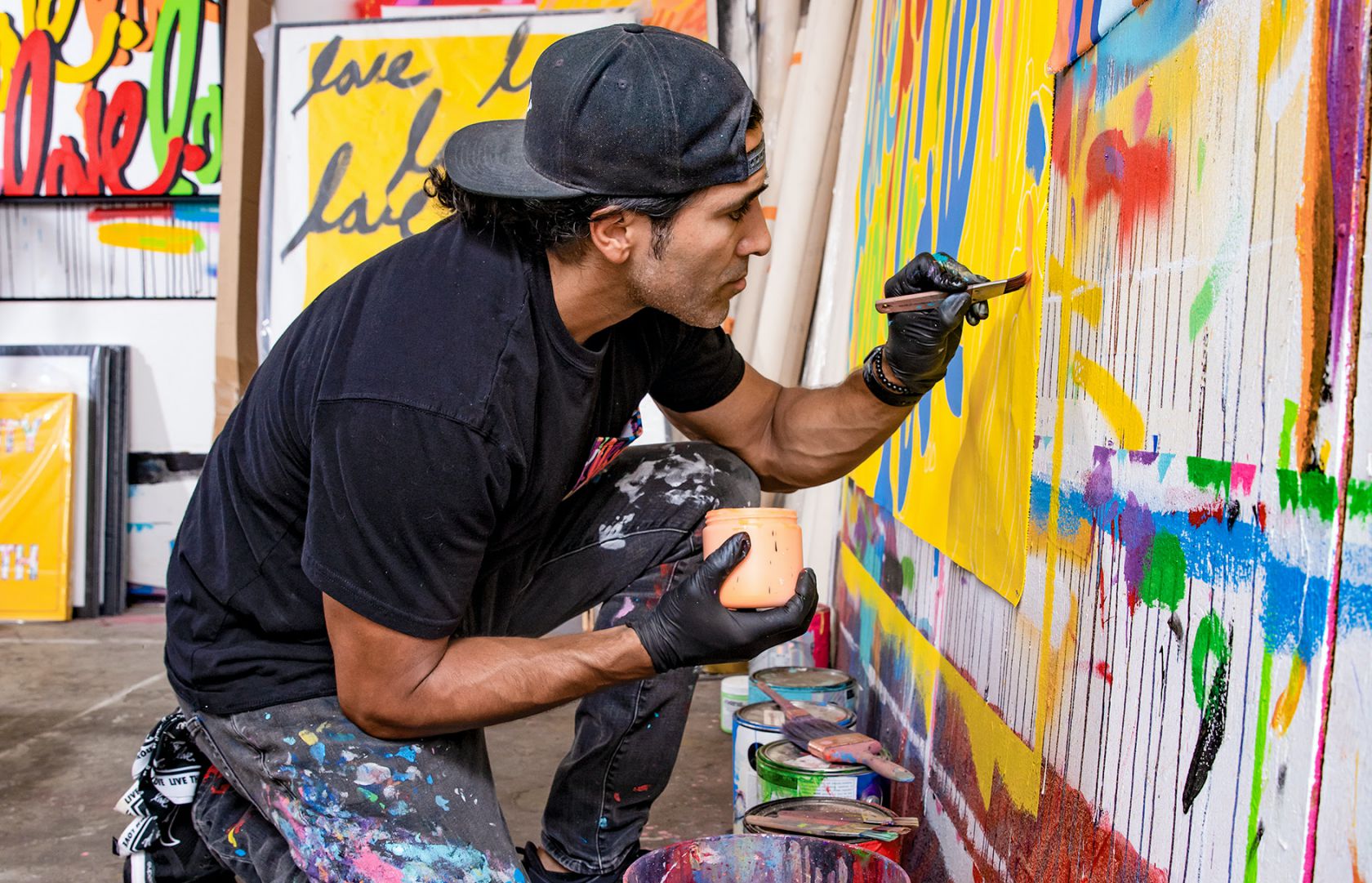
Artist and philanthropist Ruben Rojas is a man on a mission. With every mural, sculpture, canvas, clothing design graphic, and even NFT, he’s stating his case for the widespread adoption of an optimistic “live through love” way of life. And it’s a message that’s traveled far in a short period of time. His commissioned murals, sculptures, and canvases can be found all over his native Los Angeles, as well as Chicago, San Antonio, Houston, Columbus (Ohio), Iowa, Mississippi, Pennsylvania and Paris, France.
Although Rojas would never describe his earliest “dabbling” as “formal training,” he fondly remembers how his mother enrolled him and his siblings in weekend art classes dedicated to charcoal, water colors, oil paints and woodwork. He also recalls seeing landmark murals along the city’s freeways and boulevards, such as a marathon with international competitors dating to the 1984 Olympics and “The Great Wall of Los Angeles,” designed by artist Judy Baca and brought to life between 1976 and 1983 by artists, community members, and over 400 youth.
Even with these memories, it took a while for Rojas get to the beginning of his artist’s journey. He studied medicine in college, and later, went into real estate. After the 2008 economic downturn and housing market crash, he worked as a financial advisor for about a decade. Material success, however, was not making his life worthwhile. “There was no purpose in what I was doing,” he recalls. “I was trading time for money, and spending a lot of money to fill the voids. By the end of the 2010s, I realized that I needed life experiences and a purpose to fill these voids instead of expensive possessions.”
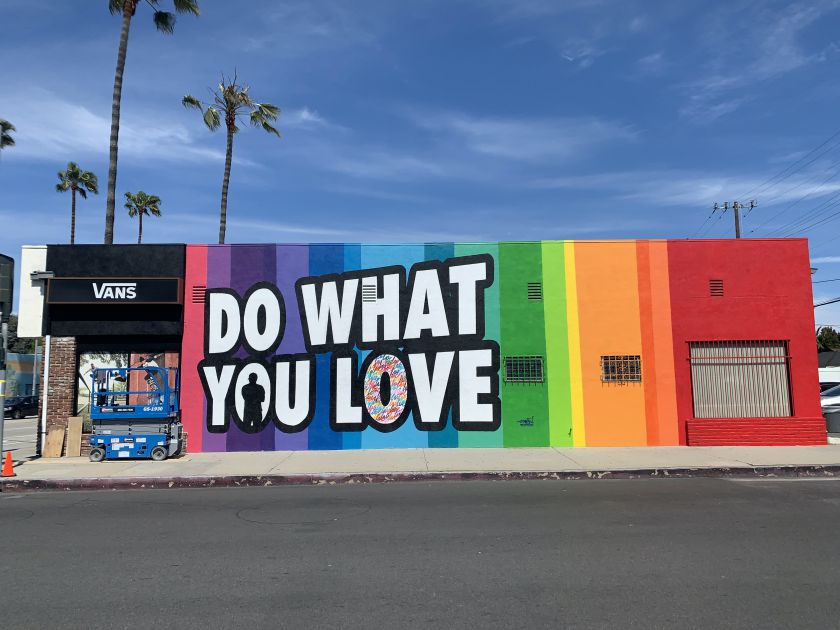
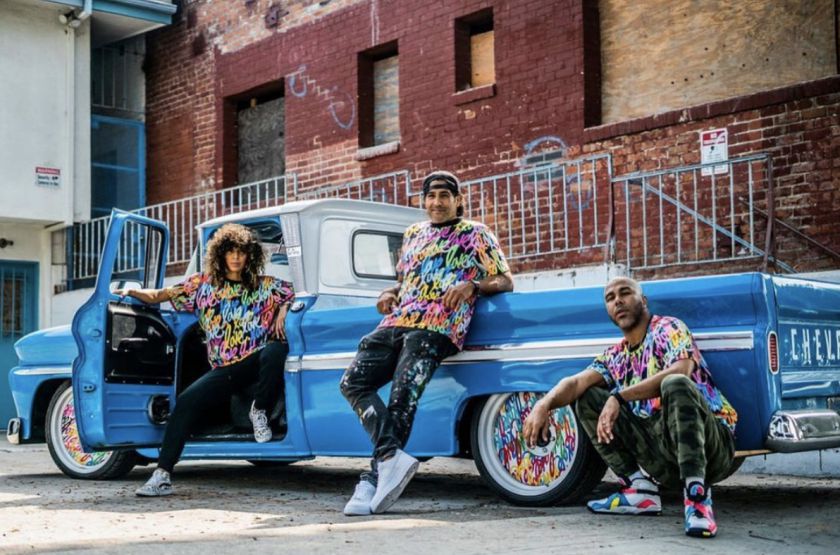
The turning point came unexpectedly when Rojas was still a financial advisor and agreed to meet up with a friend to discuss a personal development leadership program the friend was involved in. Later, when Rojas was completing his studies in that art program, another friend who saw him doodling a design for a hoodie (a “team uniform” to be worn by those completing the personal development program) suggested he put it to better use by reimagining it as a mural that would become part of the participants’ community service project for the program.
This was the trailhead for the path that took Rojas to places he felt he needed to be—including deep into his own mind and heart. “When I started out, I didn’t know anything about the art world…how galleries, art shows, agents and managers worked,” he affirms. “I did not know about how (I would) make a living as an artist, and did not go to school to study how to actually have a career in art. Yet did not let my fears stop me. What I did know all along was that being able to create my artwork on my terms was important to me and the people whose lives would be affected by those murals, sculptures, and other projects.”
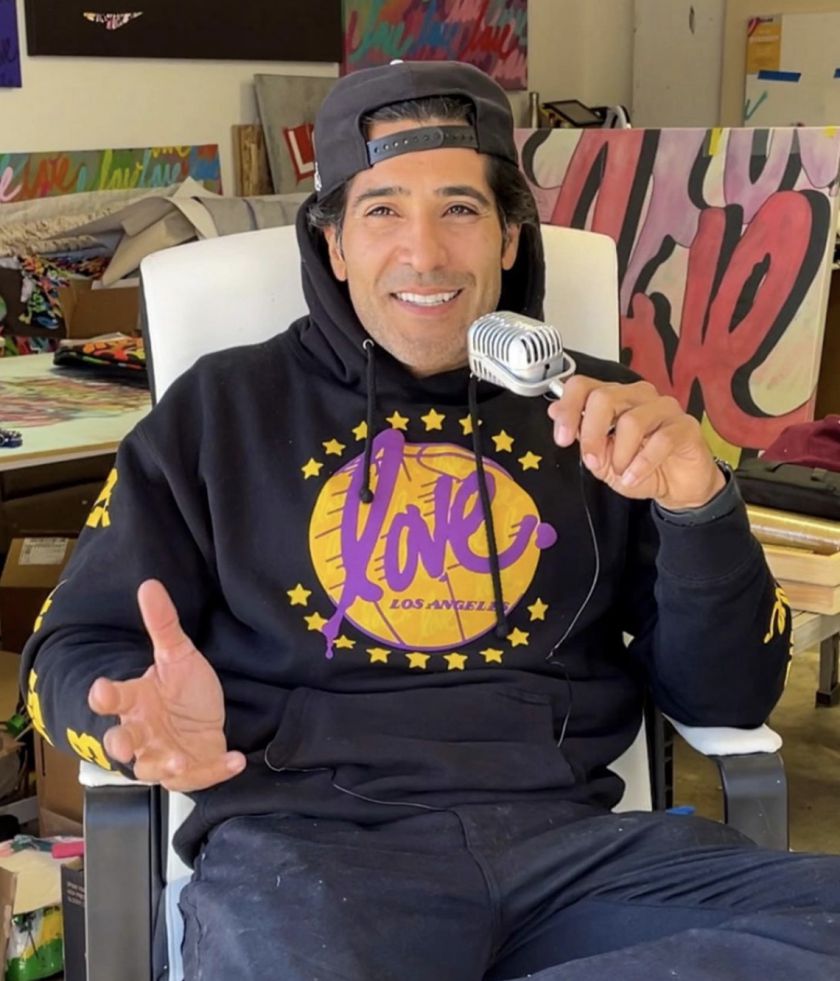
Millennium: Describe how your passion evolved into a vocation.
Ruben Rojas: Initially (my work) was just about, “Cool! You’re letting me paint your wall.” Eventually, I took on some projects to make money from my art. Those early projects weren’t really my brand, or looked like the art I am creating today. While I had not yet developed my own style at that point, I realized I could make a living doing this, and the realization gave me the confidence to move forward. And once that happened, I passed my clients on to trustworthy financial planner colleagues, and never looked back.
What separates your embrace of life as an artist from others who left the corporate world behind?
RR: While I don’t like the word “authenticity,” the artist needs to be genuine about what he’s trying to accomplish. I think what separates me from other artists is my goal to create artistic expressions based on how they can impact humanity as well as the individuals looking at it…especially as social media helped me build a larger audience and spread the message about the intention behind the work. It did not have to be all about where I got my MFA, who I studied under, or where I learned my craft.
When an artist officially participates in Art Basel in Miami, the public sees it as having “arrived” in the art world. Having shown at Art Basel last year, how do you see it?
RR: Participating in Art Basel officially in 2021 was a result of persistence, working day in and day out, and living through art while spreading the “live through love” message. Ultimately, it happened as a result of getting the art and the message out, and having major players in the art world and the general public see that what I am doing is the real thing and not just a passing fad. They can see my practice is growing, evolving, and crossing over into new mediums and areas.
This past year, I partnered with the Doctor Brandt Foundation, creating a painting called, “Say, I Love You,” a self-portrait with mental health as the primary theme, shedding light on my emotional conversations with myself. The left side depicts words and ideas rooted in fear and doubt. The right side shows the same things through the lens of love. That painting was part of a series auctioned off for an event staged by the Dr. Brandt Foundation and the NBA Wives Association held in Art Basel. I believe my painting helped raised the final tally to $30,000 for the foundation.
How did you decide everything you did would be made “with love,” and how do you keep this idea relevant even with the world in a constant state of change?
RR: “Live through love” is an active way of being human, just as Nike says, “Just do it.” I send the message that we have to “live through love,” in the sense that we have a choice to operate in life out of love or out of fear. Everything we do falls under either those two columns, and if you turn on the TV, all you’re really seeing is fear. Recently, this fear existed in the form of the COVID-19 pandemic, and this year, fear is related to what’s happening in Ukraine and elsewhere. While we need to be informed about the turmoil, we also need to see how people are helping each other get through the situation. It’s the other side of what people normally see when they watch the news.
When you are approached by a company, charity, or individuals for a project how do you vet it before taking on the commission?
RR: Before I accept a project with a person or company, I take the time to learn about their goals for the commission. I ask them what the ‘why,’ or reason behind the project is. If a prospective client wants a huge logo in the middle of the mural, the answer is “no.” If you just want me to create a billboard, the public is not dumb, and they’re going to know it’s an advertisement without a real connection to a cause or issue. If your company wants to be a part of making a difference on a grassroots or community level that means something to the viewers, it should have a very subtle hash tag or logo blended into the bigger design.
Give us examples of commissions with purposes and objectives that spoke to you.
RR: The overall goal for the American Express commission in Clarksdale, Mississippi, my fourth major mural, spoke to me, especially because of my previous career as a financial advisor. As many people (in this audience) had not been taught about the importance of maintaining good credit and building their savings, I wanted to help them connect with the importance of financial literacy through the art. On the same front, we wanted our collaboration with Toms Shoes (“Together We Can”) to communicate the importance of ending gun violence to a broader audience. When charities reach out to me, I also want to know if I will be a part of an event and get to speak about the cause from my perspective. If you just want me to donate art, the connection is not there.
2022 marks another jumping off point for you, as you have recently entered the NFT space. Why does this medium speak to you?
RR: About a year ago, I became interested in the phenomenon, and saw the potential of its being the next level of culture and participating in the art world. I see NFTs as a new way of delivering my art and my message, and bringing something to the masses that they’ll be able to wrap their heads and minds around. While I have just begun and don’t know where it’s going to go, I have a lot of projects and ideas, and look forward to figuring out which ones I should put my energy into as it is another full-time effort. While it is still a scary thing for traditional investors used to stocks and standard currency, it has proven itself and it’s staying. That said, the learning curve of cryptocurrency is not small. While I cannot predict where this is headed or the timeline because there are a lot of moving parts, I just keep creating different versions of my work that I will offer in that medium in the space of the digital realm.
In addition to the NFT’s, you just began your own podcast.
RR: I just filmed the first five episodes and the trailer, and we launched in mid-February. This is exciting because I see it as a new way of conveying my message and taking my creativity to new places. I’m a very visual artist, (and I like the fact that) my art can be experienced visually in a video/audio format in real time. People can hear and see what my guests and I are talking about. We’re going to have some fun guests, and we’ll see where it goes.
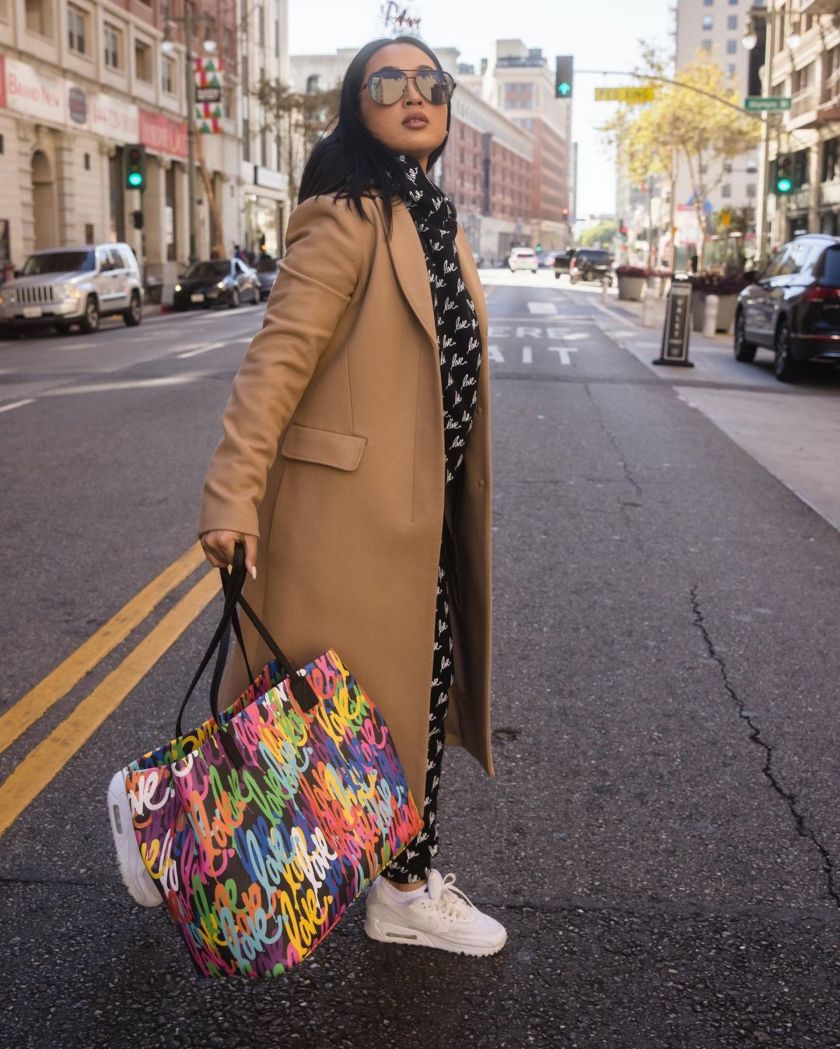
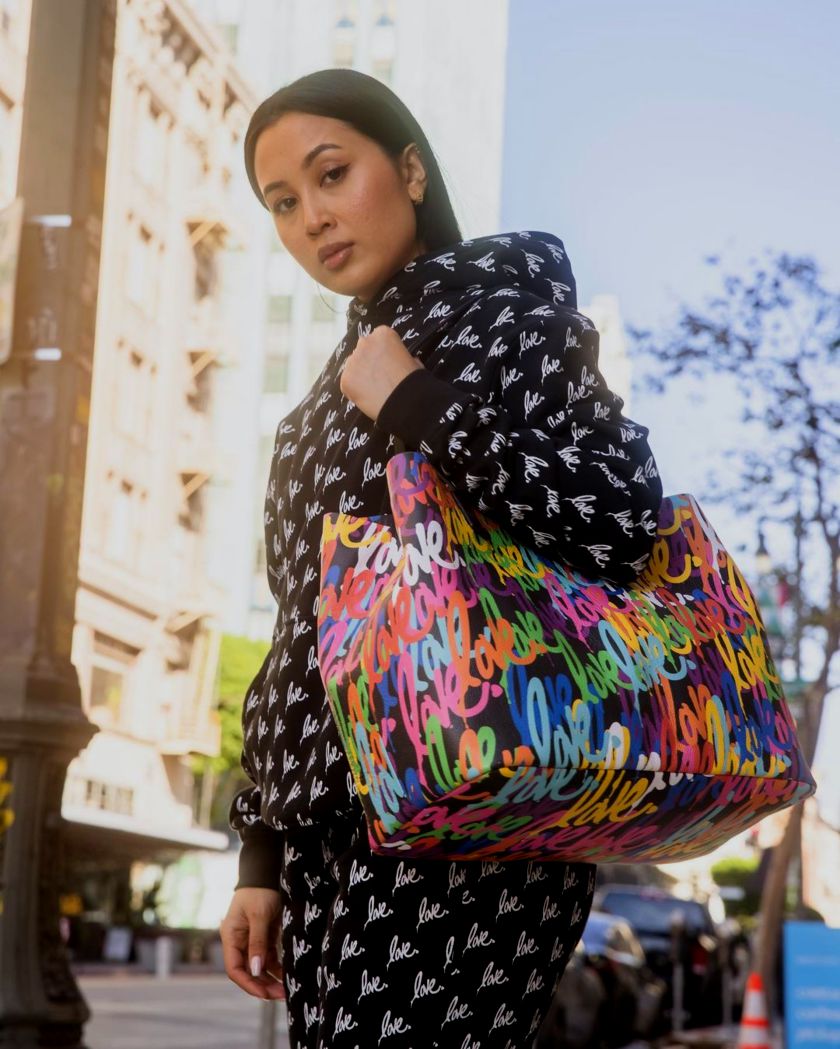
Your involvement with fashion seems to have come full circle, from the graphic you created for “team uniform” hoodies for fellow artists in your program to higher profile exposure and expansion to a luxury collection.
RR: The original line is still important to me. We gave members of L.A. Rams clothing before before their first playoff game in January. The night before the Super Bowl, I was invited to to attend the “NFL Honors” event and paint two works live. While it was already exciting that the Super Bowl was also taking place on my birthday, seeing several players wearing the clothing on Super Bowl morning exceeded my expectations.

RR: My original clothing line involved printing graphics on blank t-shirts and sweats. Soon after that caught on, I became more adventurous and experimental, designing, cutting and sewing my own silhouettes to produce one-of-a-kind pieces that one simply cannot get off the shelf. Hoodies in my earlier collections ranged from $70 to $100, while a hoodie in my recently launched premium Luxury Collection runs about $200. I am also working with leather, having designed tote bags and a weekender bag with a black rainbow pattern whose quality rivals any premium handbag at the market. They’re “investment” pieces handmade in New York City, but people are buying them knowing the object and the statement they make will last. Thinking locally is important, and if something can’t be made in L.A. (where I am based), it will be made somewhere in the U.S.
Tell us about your latest project closer to home.
RR: I unveiled a new sculpture at The Alhambra (a multi-use office and residential complex), called “Evolve,” in its butterfly garden. This particular sculpture is my fourth ‘LOVE’ sculpture in the stand-alone series, and it speaks to the human community’s evolution, growth, and rebirth. Nothing remains the same, but this is what allows humans to transcend the current state of affairs and fly like a butterfly. Butterflies go through an evolution, starting as caterpillars, go into a chrysalis phase, the cocoon phase before emerging as flying free creatures. I believe every trial and tribulation we go through can ultimately give us our wings to be able to be free and, of course, live through love.
To learn more about Ruben Rojas and his clothing line and art pieces, visit rubenrojas.com.



